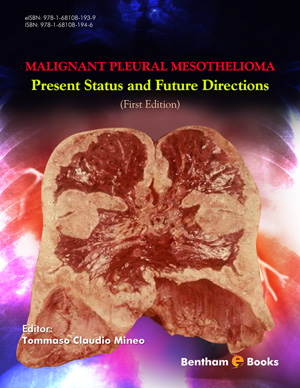Abstract
There is strong scientific evidence demonstrating that exposure to airborne asbestos fibres is considered to be the single major cause of malignant pleural mesothelioma (MPM). There are different aetiological explanations for MPM that remain controversial or unresolved including the role of biological gender differences, genetic risk, as well as the association between maternal asbestos exposure and subsequent mesothelioma in children. Nevertheless, MPM is an important epidemiological marker of asbestos exposure through which it is possible to track a country’s current and prior asbestos consumption and current or future patterns of asbestos-related disease. Quantifying the association between population-level asbestos consumption and MPM disease trends is an important yet challenging task as the morbid effects of asbestos use remain hidden for several decades. This is due to the long latency period between first asbestos exposure and a diagnosis of MPM, with this latency period ranging between 20 and 50 years. There have been significant shifts in global asbestos consumption with the most striking change occurring in the geographical regions in which asbestos is being used. The Asian region has become by far the largest asbestos consumer today. The deleterious human health, social, economic and environmental impacts of asbestos-related disease are preventable. Implementing a universal ban on asbestos and organising comprehensive occupational health and safety programmes are top priorities.
Keywords: Asbestos, asbestos-related diseases, asbestos fibres, asbestos consumption, incidence, mortality.






















